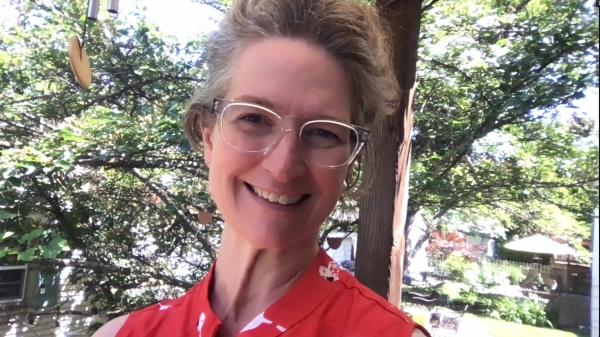
Why Invest in Website Content Management Workflow?
Including content managers in these 5 stages of a website redesign is the key to success for any launch.
A top-line goal we hear consistently with every new website design project is: “Content management and workflow must be easier for our staff.” But often content admins are the forgotten user group.
It sounds simple right? A no-brainer? Any CMS (Content Management System) implemented properly should ease this burden for staff, making it easy for them to manage the content. We're often told, “this new CMS will be an improvement over what we have in place today...”
But it’s easy to get swept up in the excitement of discovery, uncovering the key insights from user research and UX testing, the creation of UX wireframes and beautiful UI design -- resulting from our hyper-focus on the needs of our users. And before we know it, we’re in the midst of the development process, content migration, QA and accessibility validation, and getting the site to a launch state.
But how do we keep that primary content management goal for staff top of mind throughout the project and ensure we’re meeting staff’s expectations?
As a Product Owner, one of our primary responsibilities is to consider our clients as users too, and look at it from their perspective. The discovery phase of a project is the perfect opportunity to understand the team’s pain points when managing content on their current website.
- Are content blocks too hard to find?
- Do content admins have to update the same content in multiple locations?
- Are there missed opportunities to showcase critical content because there’s no logical place for it?
- Is it difficult to classify content with the proper tags/taxonomy to drive continued SEO improvements?
Every subsequent phase of the project gives a Product Owner a checkpoint for ensuring efficiency in content management, including:
- Content Audit and Information Architecture
Allowing the client the opportunity to see a list of all of the active pages on their site gives them the chance to clean house. Much like the clean-out before physically moving to a new home, the content audit prompts clients to toss what they don’t need and what’s just taking up space, and optimize content for their end-users. This "housecleaning" (along with user research) drives the development of the new sitemap and a site structure that better reflects the priority of the content that users are trying to find on the site.
- UX and UI
If a content audit is akin to housecleaning before a move, UX design equates to looking at a listing on Redfin and envisioning how your belongings will fit. And UI is painting the rooms to match your furniture. (Is this analogy incredibly reductive of these important processes? Admittedly so.)
UX design helps prioritize the content and calls to action on each page and sketches out how that content might be presented to the end-user. At this stage, the Product Owner considers how that content will be entered onto that page and the workflow for publishing. For example, if we’re looking at an article or post, is there related content (i.e., articles, resources, products) also showcased on the page? Do those appear because we plan to include a list of articles from the same category? Or can they be curated for each new post and manually selected by the content manager? What is most effective for the client's content and workflow processes?
The UI design phase will refine these priorities and give both teams the opportunity to think through the use of brand assets, the client’s image library, editing of headers and subheads...the list goes on.
- Sprint Planning & Development
As the Product Owner or Scrum Master begins grooming the backlog and planning the first sprint and design handoff, the user stories and acceptance criteria need to take both the end-users and the content managers into account. To continue the metaphor, the development phase helps get ready for move-in: making sure that we know how the furniture will get to its final spot in the new house. (Insert Ross from Friends “PIVOT!” joke here.)
- Training & Content Entry
Once we’re ready to train the client on how to enter, approve, and publish their content as part of our sprint delivery, we’re in the home stretch - the final walk-through, if you will. And then: it’s move-in day! We’ve set up the client with an intuitive content entry experience - one that improves their team’s efficiency and allows them to keep content fresh, targeted, and relevant on their new site.
- Refinement & Optimization
Post-launch provides opportunities for optimizing the experience, both for our end-users and our staff. If we’ve done our job of considering the needs of our content admins throughout the design and build process, then the CMS configuration should have a sound foundation. As content admins are continuing to work within the system publishing content and using workflows to support the content lifecycle, we have opportunities to fine-tune the administrative experience. Rather than making significant changes after the fact, we consider optimization for both sides of the “house.” (See what I did there?)
Thoughtful content management design is one of the best ways to ensure that an organization’s website will continue to scale as the needs of the business evolve. Anticipating the future state of a business, continually revisiting a client’s long-term business goals, and building flexibility into the content management system all ensure that we’re satisfying the needs of the users visiting the site and optimizing the workflow of those maintaining it.




